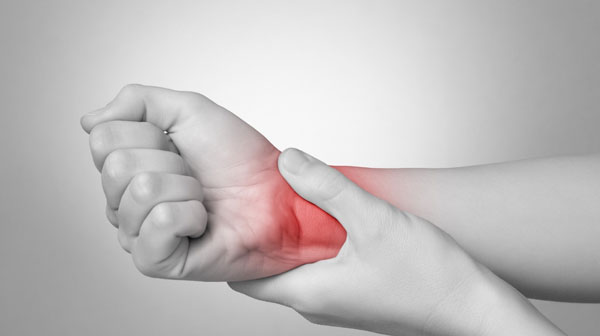Hand surgery
The hand is a unique part of the human body that consists of bones, joints, ligaments, tendons, muscles, nerves, blood vessels and skin. The relationship between these structures is very delicate and they must have a good function for the hand to work well. Injury or disease can affect any of these structures and impair the use of the hand.

Hand diseases and injuries
Some of the common problems treated by hand surgeons are as follows:
Upper limb fractures
Sports injuries in the hand, wrist and elbow area
Arthritis and rheumatism of hand and wrist joints
Pain around the elbow
Tendon injuries
trigger finger
Carpal tunnel syndrome
Peripheral nerve damage
Congenital malformations of the hand
Childbirth or traumatic upper limb paralysis
Hand and wrist surgeries
Some of the special surgeries performed by hand surgeons are as follows:
Repair and transplantation of peripheral nerves
Sometimes the nerve is compressed into a narrow space (like a tunnel). In these cases, your surgeon may enlarge the narrowed space or free the nerve from the scar. Sometimes part of the nerve is completely cut. A surgeon can remove the damaged part and reconnect the two healthy ends of the nerve (nerve repair) or transplant a piece of nerve from another part of your body (nerve graft). These methods can help your nerves grow back. If the nerve damage is too severe and cannot be repaired, the tendons are transferred from one muscle to another.
Wrist arthroscopy
Wrist arthroscopy can be used to diagnose and treat wrist ligament and bone problems. The surgeon makes small incisions (called portals) through the skin in specific places around the joint. These cuts are less than half an inch long. The arthroscope, which is about the size of a pencil, is inserted through these incisions. The arthroscope consists of a small lens, a miniature camera and a lighting system. Detailed 3D images are displayed through the camera on the TV monitor. The surgeon watches the monitor while moving the instrument inside the joint.
Replacement or drying of hand joints (arthrosis)
In case of joint damage following previous fractures, arthritis and rheumatoid arthritis, these two surgical methods are used. In joint replacement, the abnormal joint structures including bone, cartilage and synovium are removed. The removal of these tissues causes the painful and worn bone surfaces to disappear and creates the necessary space for new artificial parts called implants that are inserted into the prepared bones. The new parts allow the bones to move with little or no pain.
In the method of drying the joint (which is also called "arthrosis or fusion"), two bones around the painful joint are connected to each other and form a single bone. This action can reduce pain and also make the joint more stable and increase hand strength.
Reconstruction of upper limb wounds with graft and flap
Reconstruction of complex wounds of the upper limb due to traumatic injuries is performed by moving or transferring tissues to the wound area from another part of the body. "Skin graft" is the transfer of a part of the skin (without its blood supply) to the wound. A "flap" includes one or more tissues, including skin, deeper tissues, muscle, and bone. Flaps are transported either with their own main blood supply (pedicle flap) or with isolated blood vessels that are connected at the wound site (free flap).
